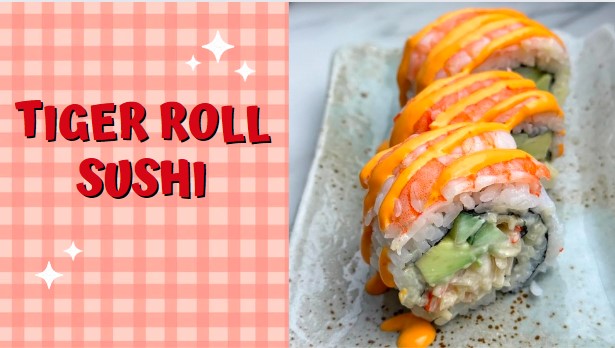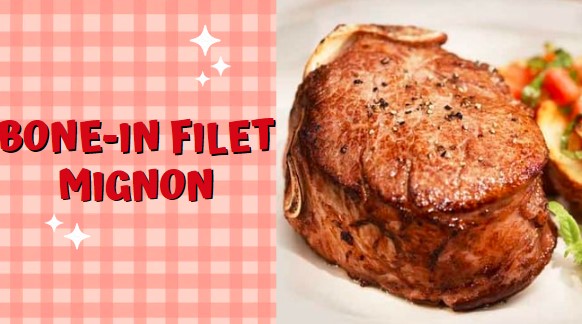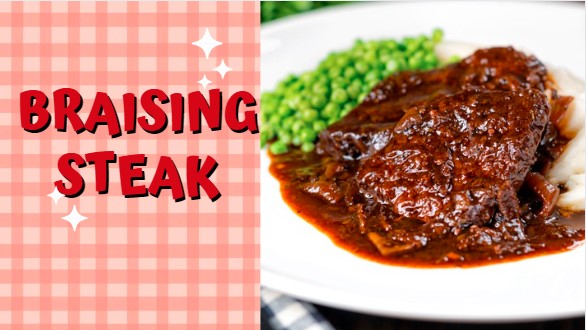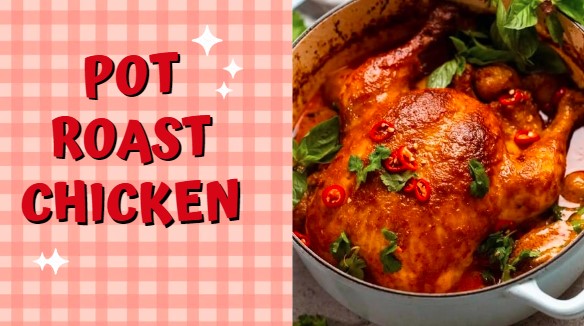Orecchiette, meaning “little ears” in Italian, is a charming pasta type hailing from the Puglia region of Southern Italy. Distinct for its small, concave shape resembling tiny ears, orecchiette pasta is traditionally made by hand, giving it a rustic and authentic texture. The pasta’s dimpled surface and thick edge allow it to hold sauces superbly, making it perfect for rich and hearty dishes. if you want more recipe you can visit. More pasta recipe
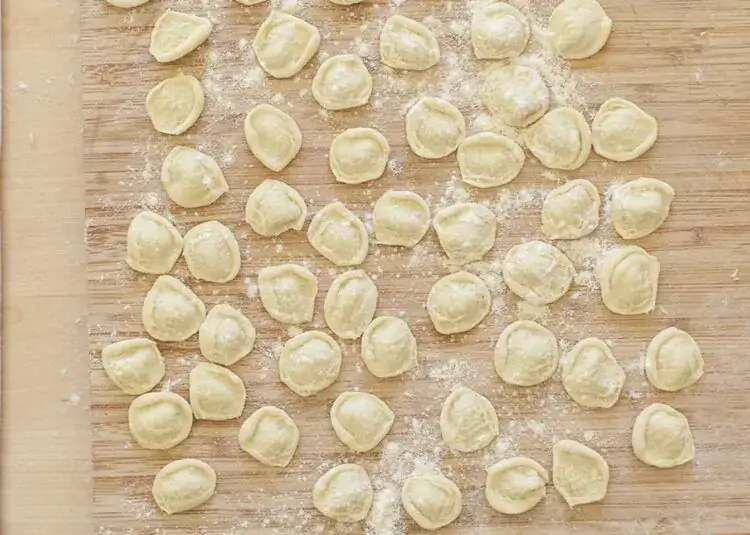
A classic pairing for orecchiette is with “cime di rapa” or broccoli rabe, which combines the slightly bitter greens with robust garlic and anchovy flavors, often finished with a sprinkle of peperoncino for a spicy kick. This dish showcases the pasta’s ability to embrace and enhance the flavors of simple, quality ingredients. Orecchiette also pairs wonderfully with thick, vegetable-based sauces or meaty ragus that nestle into its curves, ensuring every bite is flavorful.
This delightful pasta not only carries the essence of Puglian culinary tradition but also offers a versatile base for a myriad of flavorful Italian dishes.
Kitchen Tools Needed
Ingredients for Orecchiette
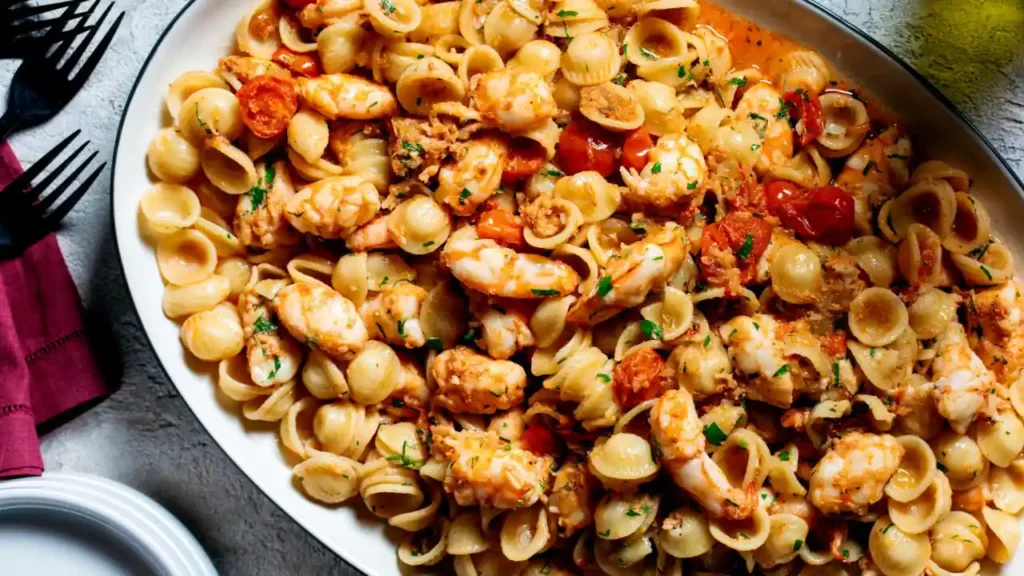
How To Make Orecchiette ?
Preparing the Dough
Begin by placing the semolina flour in a large mixing bowl and sprinkle the salt evenly over it. Gradually add lukewarm water and start mixing with your hands to incorporate the water into the flour. Continue to knead within the bowl until the mixture starts to come together.
Transfer the dough onto a clean, flat surface and knead it vigorously for about 8 to 10 minutes. You’re aiming for a firm, smooth dough. If the dough is too sticky, add a little more semolina; if it’s too dry and crumbly, add a few drops of water. Once kneaded, wrap the dough in plastic wrap or cover it with an inverted bowl and let it rest for about 20 minutes. This resting period helps the gluten relax and makes the dough easier to shape.
Shaping the Orecchiette
Unwrap the rested dough and divide it into several small pieces. Roll each piece into a thin log, about 1/2 inch in diameter. Cut these logs into 1/2 inch pieces. Using the tip of a knife or your thumb, press down on each piece and drag it slightly on the board or surface to curl the dough into a concave shape. You can also use a specialized orecchiette board if available to give the pasta its traditional texture.
Cooking the Orecchiette
Fill a large pot with water, add a generous amount of salt, and bring it to a boil. Gently drop the shaped orecchiette into the boiling water. Since they are fresh, they will cook relatively quickly, usually in about 4 to 5 minutes. Stir occasionally to prevent them from sticking to the bottom of the pot. The orecchiette are done when they float to the surface and are al dente in texture.
Serving
Drain the cooked orecchiette using a slotted spoon or a colander. Serve them hot, tossed with your choice of sauce. A traditional Puglian recipe pairs orecchiette with a sauce made from broccoli rabe, garlic, anchovies, and a sprinkle of chili flakes, but they are versatile enough to work well with a variety of sauces, including rich tomato or creamy pesto.
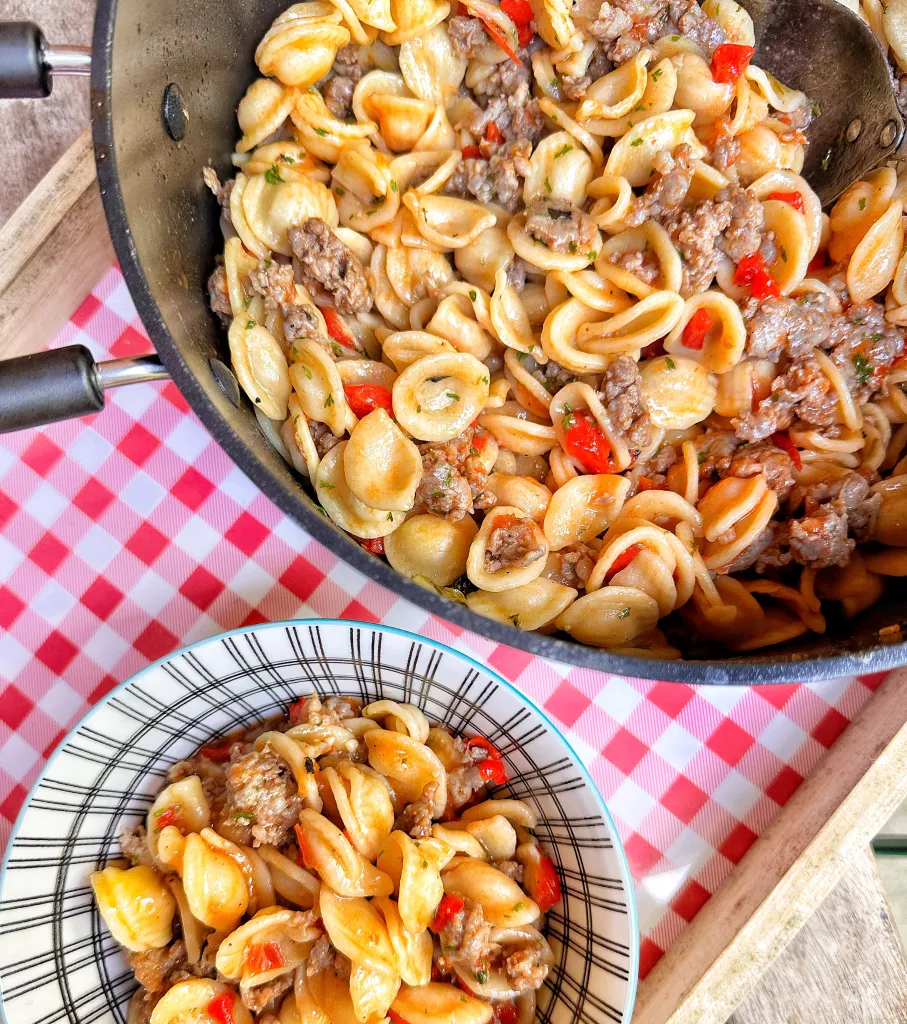
What to serve with Orecchiette?
Tips And tricks For Perfect Pasta
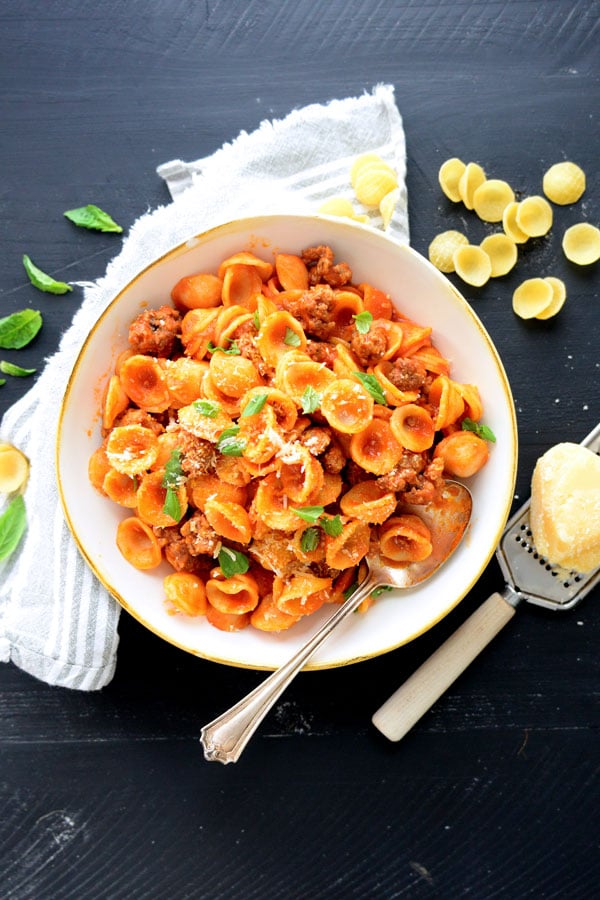
Variations of Orecchiette
Substitutions for Orecchiette

Making Ahead, Storage And Reheating
Making Ahead
Orecchiette can be made in advance to save time on busy days. Prepare the dough, shape the pasta, and then spread the orecchiette out on a baking sheet lined with parchment paper. Ensure the pieces don’t touch to prevent sticking. Once they are dry to the touch, they can be stored or frozen for later use. If you plan to cook them within a day or two, simply cover and refrigerate.
Storage
For short-term storage, keep the shaped, uncooked orecchiette in the refrigerator for up to 2 days in an airtight container. For longer storage, freeze the pasta. Place the tray of orecchiette in the freezer until the pieces are firm, then transfer them to a freezer bag or container. They can be stored frozen for up to three months. Cooked orecchiette can be refrigerated in a sealed container for up to three days.
Reheating
To reheat cooked orecchiette, the best method is to drop them into boiling water for just 30 seconds to a minute—just enough to warm them through without overcooking. Alternatively, you can microwave them with a splash of water covered with a damp paper towel to keep them moist. For frozen uncooked orecchiette, there’s no need to thaw; simply boil them a minute or two longer than the usual cooking time.
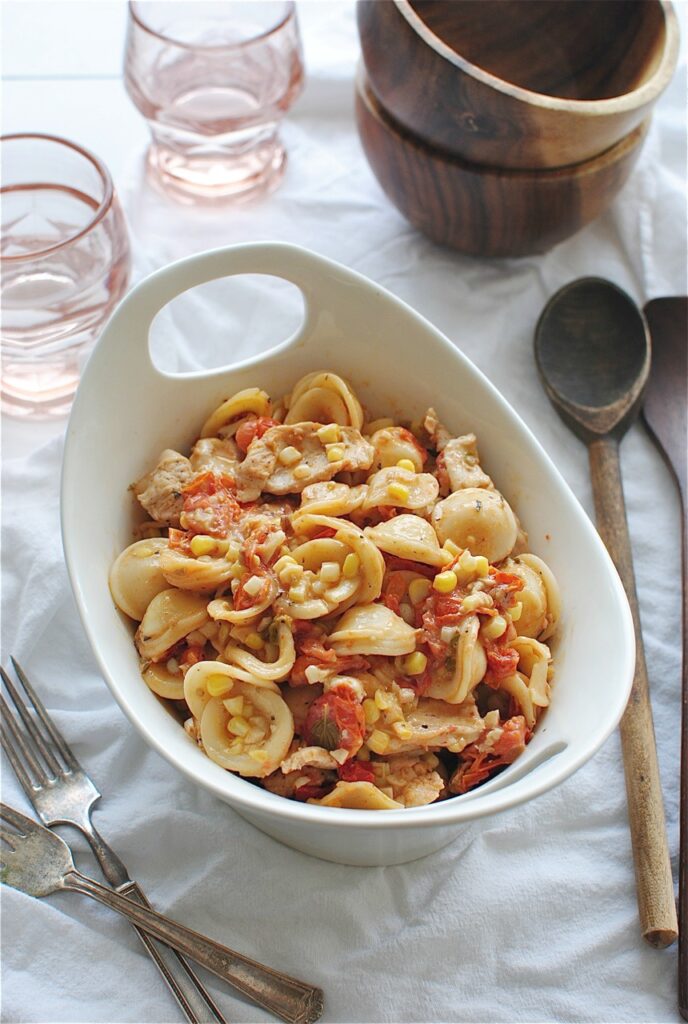
Nutritional Facts
Additionally, since orecchiette is often made from semolina flour, which is derived from durum wheat, it contains several important nutrients:
Related Recipes
Delicious Fried Spaghetti Recipe| 30 minutes Recipe
Super Delicious Dairy Free Lasagna Recipe
Frequently Asked Questions – FAQ’s
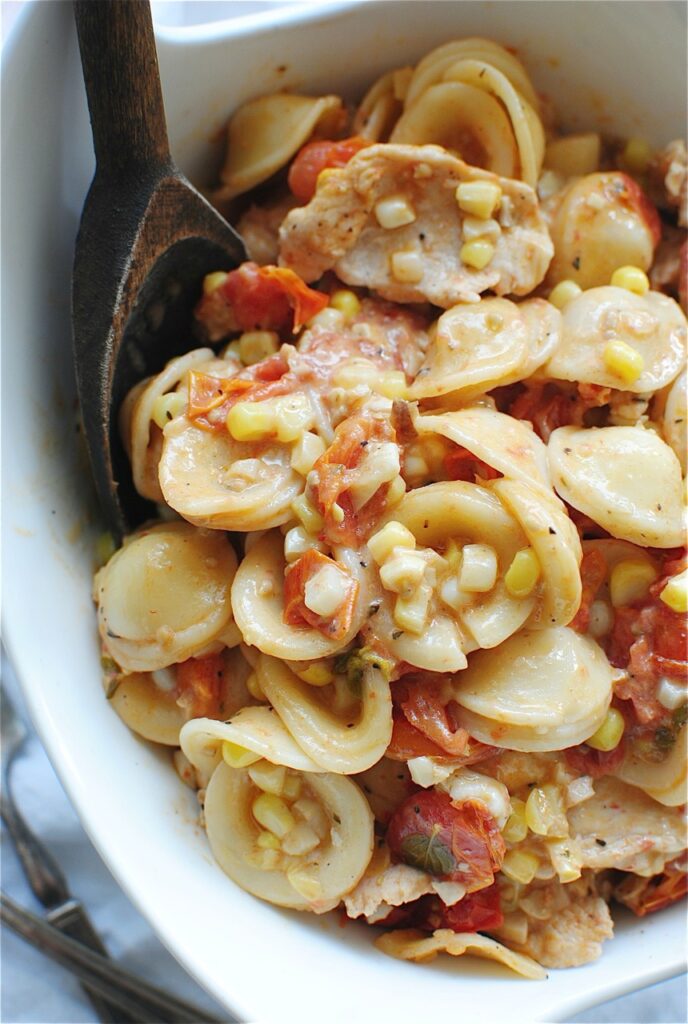
Orecchiette
Course: MainCuisine: ItalianDifficulty: Easy4
servings20
minutes10
minutes220
kcalIngredients
Semolina Flour – 2 cups (about 400 grams), preferably a high-quality semolina for the best texture.
Water – Approximately 3/4 cup (about 180 ml), use lukewarm water to help the dough come together.
Salt – 1 teaspoon, added to the flour or the boiling water to enhance the flavor.
Directions
- Begin by placing the semolina flour in a large mixing bowl and sprinkle the salt evenly over it. Gradually add lukewarm water and start mixing with your hands to incorporate the water into the flour. Continue to knead within the bowl until the mixture starts to come together.
- Transfer the dough onto a clean, flat surface and knead it vigorously for about 8 to 10 minutes. You’re aiming for a firm, smooth dough. If the dough is too sticky, add a little more semolina; if it’s too dry and crumbly, add a few drops of water. Once kneaded, wrap the dough in plastic wrap or cover it with an inverted bowl and let it rest for about 20 minutes. This resting period helps the gluten relax and makes the dough easier to shape.
- Unwrap the rested dough and divide it into several small pieces. Roll each piece into a thin log, about 1/2 inch in diameter. Cut these logs into 1/2 inch pieces. Using the tip of a knife or your thumb, press down on each piece and drag it slightly on the board or surface to curl the dough into a concave shape. You can also use a specialized orecchiette board if available to give the pasta its traditional texture.
- Fill a large pot with water, add a generous amount of salt, and bring it to a boil. Gently drop the shaped orecchiette into the boiling water. Since they are fresh, they will cook relatively quickly, usually in about 4 to 5 minutes. Stir occasionally to prevent them from sticking to the bottom of the pot. The orecchiette are done when they float to the surface and are al dente in texture.
- Drain the cooked orecchiette using a slotted spoon or a colander. Serve them hot, tossed with your choice of sauce. A traditional Puglian recipe pairs orecchiette with a sauce made from broccoli rabe, garlic, anchovies, and a sprinkle of chili flakes, but they are versatile enough to work well with a variety of sauces, including rich tomato or creamy pesto.
Conclusion
Orecchiette, the quintessential pasta from the Puglia region of Italy, offers a delightful culinary experience with its unique “little ears” shape that perfectly cradles various sauces and ingredients. Whether tossed with traditional broccoli rabe and sausage or paired with innovative ingredients like butternut squash and sage, orecchiette serves as a versatile base for countless dishes.
Its ability to merge with hearty, rustic sauces or light, aromatic dressings makes it a favorite in kitchens worldwide. Embracing the art of making and cooking orecchiette not only enhances your pasta dishes but also brings a piece of Italian heritage to your table.


